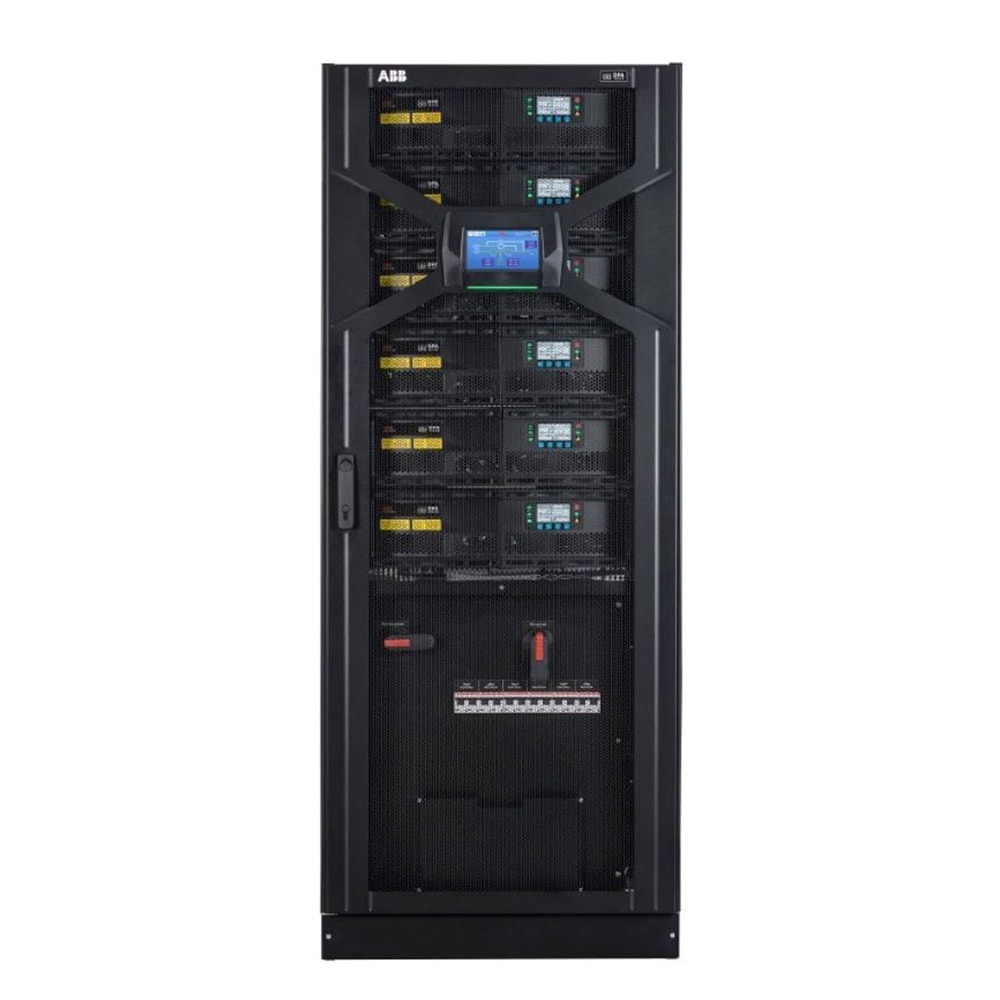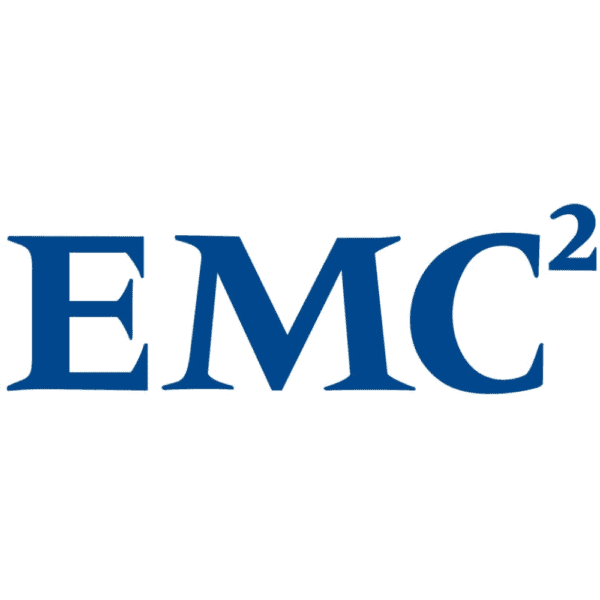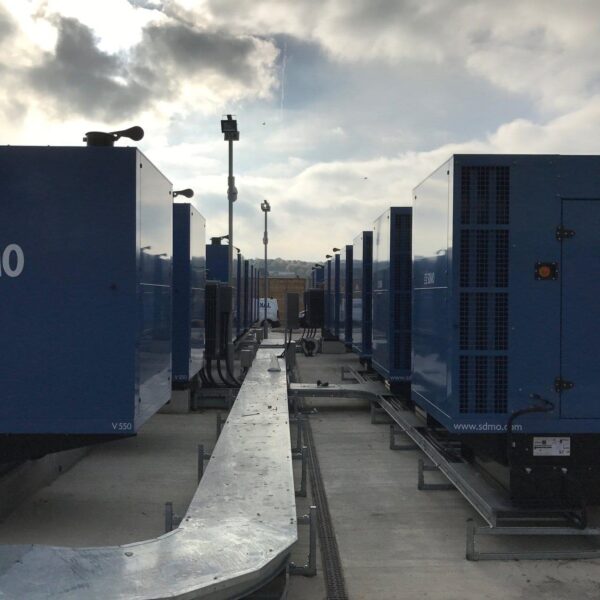Early UPS installations were built as monolithic units; today, these have been mostly replaced by modern, modular UPS systems designs. Nevertheless, monolithic UPS installations are still very much available, as exemplified by products like KOHLER Uninterruptible Power’s KOHLER PW 6000 and KOHLER PW 5000/TP models.
Accordingly, we compare the two technologies. First, we review the key aspects of the modular UPS systems approach, and the benefits arising. Then we look at arguments for choosing monolithic uninterruptible power supplies and see how these stand up to scrutiny. Finally, we describe situations where monolithic UPS power supplies can be beneficial.
Modular UPS systems benefits
A modular UPS system starts with an empty frame which can be populated with from one up to typically five or six UPS modules. Each module should consist of a complete UPS system including a static bypass switch, so the system has no single point of failure. Providing that redundancy is allowed for in the design if one uninterruptible power supply module fails, the others will continue to support the load. This means that N+1 redundancy, and therefore high availability, can be built into modular UPS systems efficiently and easily.
An example of this is a modular UPS system like the KOHLER PW 9250DPA being used to support a 250kW load. It could be populated with six 50kW modules which share the load across their 300kW total capacity. If any single module fails, the remaining 250kW capacity will continue to fully support the load, without interruption, until the faulty UPS power supply module is replaced.
This redundancy has been achieved with just a 20 per cent increase in UPS capacity; by comparison, a monolithic UPS solution must provide a complete second uninterruptible power supply – 100 per cent capacity increase – to achieve the same N+1 redundancy.
Modular UPS system flexibility also creates other significant advantages. As data centre operations grow over time, more UPS power supply modules can be plugged in, for vertical scaling, simply and without interrupting power to the load. There’s no need to find extra floor space or install more cabling. Once a UPS frame is fully populated, further frames – up to five more for KOHLER PW 9250DPA – can be added, for horizontal scaling. Any capacity from 50kW to 1.5MW with redundancy can be accommodated as required. Different modular power ranges allow for smaller or larger UPS systems.
This allows data centre users to future-proof their uninterruptible power supplies without the need for unnecessary capacity, cost, power consumption, cooling, floor space, cabling, or UPS installation downtime.
Monolithic topology advantages examined
One advantage cited for monolithic UPS systems is a lower initial purchase price. While this can be true, modular UPS systems can run more efficiently, with lower cooling requirements, so their total cost of ownership is lower.
Another advantage claimed for monolithic uninterruptible power supplies is that a modular UPS system’s multiple modules contain more components, which reduces reliability and mean time between failures (MTBF). While true, this misses the point that it’s availability, rather than MTBF, that ultimately matters to users. And availability can be optimised by minimising Mean Time to Repair (MTTR) as well as by maximising MTBF.
Accordingly, modular UPS systems can offer the best availability because their reduced MTBF is more than offset by the reduction in MTTR realised by hot-swap modularity; repair times come down from an average six hours to just half an hour.
So where should monolithic UPS systems be used?
Nevertheless, monolithic uninterruptible power supplies like the KOHLER PW 6000 or KOHLER PW 5000/TP are sometimes the best UPS solution. For example, if the initial cost is an issue, while the risk to the load caused by any power problems is considered as low. If no redundancy is required, then the problem of excessive extra redundant UPS capacity doesn’t arise. Additionally, if the load can safely be left unprotected during UPS maintenance or an extended repair session, a hot-swappable power supply is no longer particularly beneficial.
Conclusion
To find out which approach is best for your particular application, it pays to consult a well-resourced UPS supplier like KOHLER Uninterruptible Power. They can offer impartial advice, backed by an uninterruptible power supply product range encompassing both monolithic and modular UPS topology.
If you have any questions about our uninterruptible power supply products or UPS services please get in touch with KOHLER Uninterruptible Power via our contact page or call us on +353 (0)14606859.





